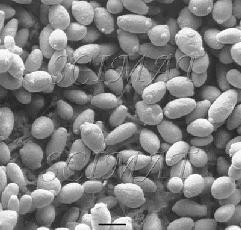So if I pitch a wyeast smackpack, which they claim contains 100 billion cells, into 1 Gallon of 1.040 wort, which according to the above paragraph would require approximately 57 billion cells for an "appropriate pitching rate". then those 100 billion cells should undergo approximately 3 generations without any problem, which would give me 300 billion cells, give or take a few million, and a five gallon batch would require just about 300 billion cells, to achieve a "high concentration" of yeast cells. So unless I'm completely confused, and it wouldn't be the first time, if you pitch into 1 gallon of wort you get plenty of yeast cells without all the hassle and potential contamination problems associated with step ups. Right? Wrong? Please put me on the correct path to yeast starter enlightenment.









